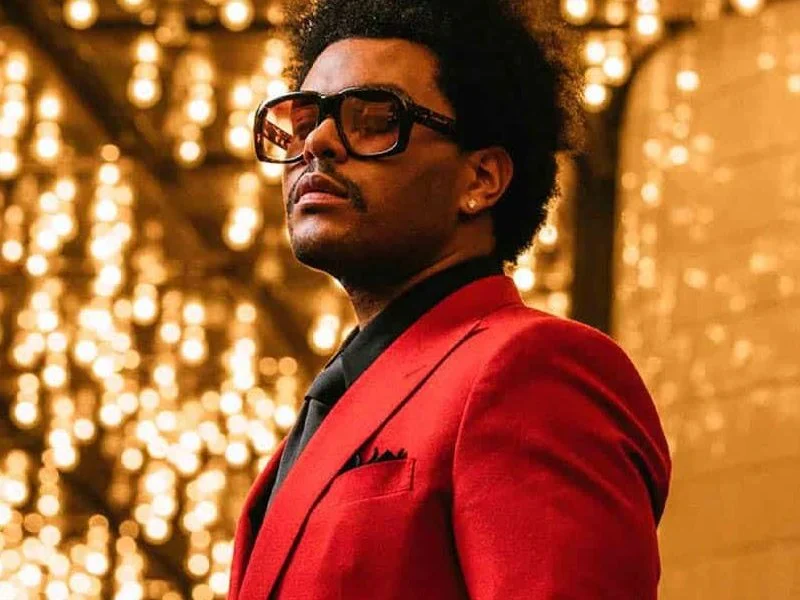The Weeknd Headlines Major Festivals in His Stage Comeback


El Valle Grita – After years of controlled silence and limited public appearances, The Weeknd has returned to live stages — and on a massive scale. Fans around the world have waited for this moment, tracking cryptic teases and scattered announcements. Now, the singer is headlining major festivals in cities from Paris to São Paulo. More than just performances, these shows mark a rebirth. The Weeknd is no longer just an artist; he’s a phenomenon reclaiming his spotlight with precision.
New Era, New Energy
Since his last full-length tour cycle, The Weeknd has released boundary-pushing albums and experimental visuals. However, he largely avoided live stages — until now. This return isn’t just a greatest hits show. Instead, it blends cinematic storytelling, futuristic visuals, and live vocals honed to perfection. Additionally, the artist has rebuilt his stage design with digital interactivity, lighting architecture, and immersive audio. The production reflects evolution. Fans notice every change. It’s not the same Abel Tesfaye — and that’s intentional.
“Read More: Advanced Features Android 16, Google Increases Security of Android Phones from Thieves”
Global Stops and Cultural Impact
His comeback tour spans continents, featuring appearances at Primavera Sound, Lollapalooza, and Japan’s Summer Sonic. In each city, The Weeknd tailors his setlist and visuals to local audiences. For example, in Barcelona, he opened with a flamenco-infused remix of “Blinding Lights.” Meanwhile, São Paulo saw him collaborate with Brazilian percussionists live on stage. Because of these moments, fans feel seen and celebrated. His team understands global audiences. Cultural specificity replaces generic spectacle.
Costumes, Symbolism, and the Post-After Hours Aesthetic
Since the After Hours and Dawn FM eras, The Weeknd has leaned into layered character work. That continues on stage, but with updated symbolism. He wears reconstructed suits covered in LED stitching. Masked dancers interpret themes of duality, fame, and disconnection. Moreover, transitions between songs include monologues exploring identity. Rather than rely on fireworks or simple visuals, The Weeknd offers narrative arcs. It’s concert meets theater meets existential short film. And fans are eating it up.
“Read About: Gracie Abrams: Crafting Sad Pop for the Streaming Generation”
Crowd Response and Viral Moments
Audiences aren’t just excited — they’re unhinged in the best way. Videos from Paris show crowds chanting entire verses louder than the speakers. In Seoul, fans held synchronized light banners shaped like The Weeknd’s logo. Meanwhile, TikTok flooded with footage of fans breaking down during “Call Out My Name.” These viral moments turn each concert into a digital happening. They extend beyond the venue, driving global engagement. Because of social media, this comeback never ends after the encore.
Industry Reverberations
Music industry insiders are watching this comeback closely. Not only because of scale — but because of strategy. The Weeknd delayed his return until staging and narrative could align perfectly. As a result, other artists are now rethinking tour models. Additionally, his use of tech partners, local artists, and alternate reality teasers has shifted fan expectations. Labels are taking notes. Festivals are doubling down. And The Weeknd? He’s proving that reinvention doesn’t require detachment — it requires commitment.